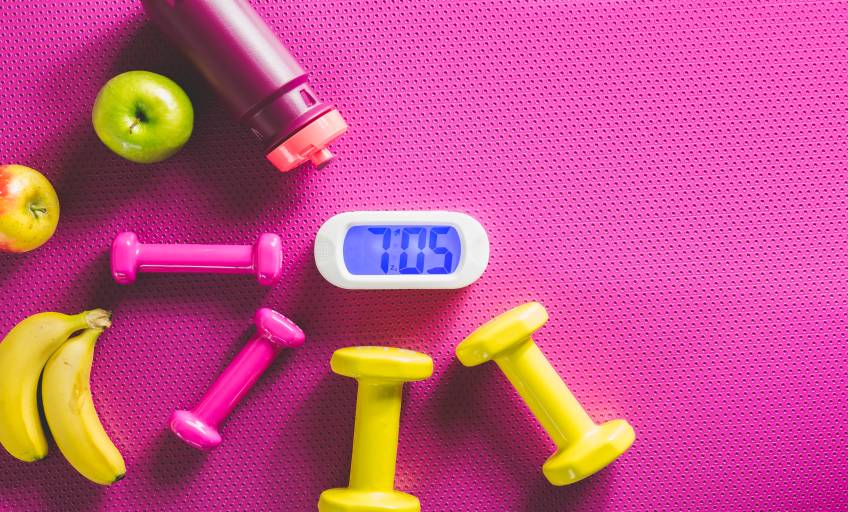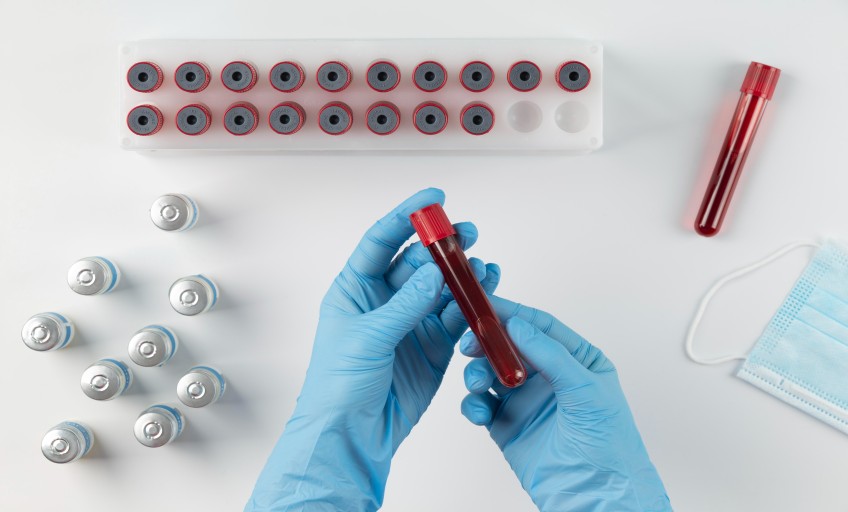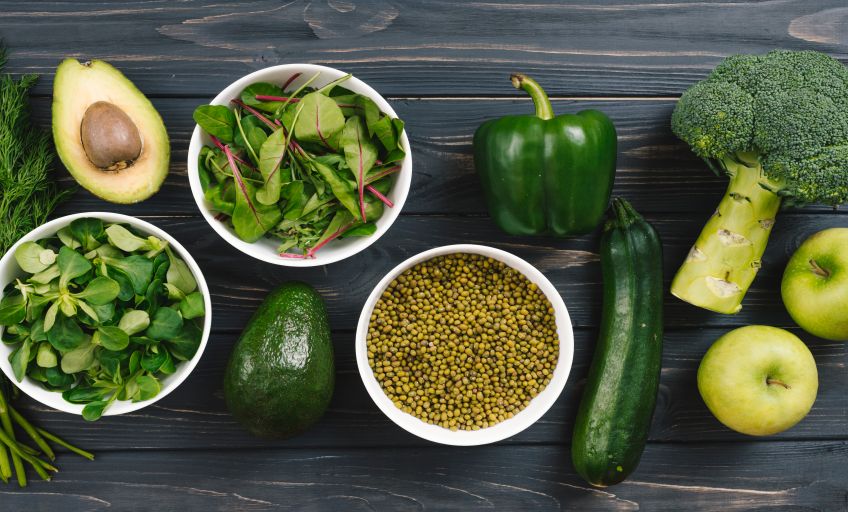Key Takeaways
- Building muscle with diabetes can improve insulin sensitivity, enhance blood sugar control, and boost metabolism.
- Have a balanced diet, include the correct carbohydrates, and consume enough proteins.
- Work on the body’s biggest muscles, drink enough water and consume complex carbohydrates.
Having diabetes should not stop you from building muscle. However, it is wise to take a few precautions when gaining muscle.
What you need to know:
- How can muscle mass help people with diabetes?
- Benefits of muscle building for people with diabetes
- Nutrition for muscle building and diabetes management
- Workout tips for muscle building with diabetes
How can muscle mass help people with diabetes?
One of the most popular forms of exercise is strength or power training, which is very effective for building strong bones and muscles. Strong muscles collect oxygen and nutrients from the blood much more effectively. Any physical activity you do will require less cardiac work and put less strain on your heart. Strength training is good for the heart, improves weight control and helps the body remain responsive to insulin, which is vital for keeping blood sugar levels in check and preventing or controlling type 2 diabetes.
Benefits of muscle building for people with diabetes
Building muscle can help control blood sugar, weight, and heart health, especially if you have diabetes. Here are some benefits of building muscle with diabetes.
Improved insulin sensitivity
Strength training can improve insulin sensitivity by increasing muscle size. This helps the body process glucose more efficiently, decreasing the need for insulin. It can help improve insulin action and glucose disposal, which can help regulate glucose. Also, it can increase insulin receptor molecules for growth, metabolism, and survival, as well as your muscle’s ability to use oxygen. This optimises insulin action, glucose storage and oxidation.
Enhanced blood sugar control
When you engage in physical activity, your muscles require energy, drawing glucose from the bloodstream. As your muscles get stronger, they can store more glucose, which means your body needs less insulin to store energy in fat cells. Muscle building also helps to reduce high blood sugar levels and improves the body’s ability to utilize insulin effectively.
Boosted metabolism
Muscle building boosts metabolism or the chemical reactions in the body’s cells that change food into energy. Muscle cells store glucose for later use, and building muscle mass before eating can help muscles absorb glucose better. This can improve blood sugar levels after eating. Also, muscle cells require energy even when not in use, so the more muscle a person has, the more calories they burn at rest.
Nutrition for muscle building and diabetes management
A diabetes muscle-building diet incorporates eating the healthiest foods in moderate amounts and regular meals. Here are some nutrition tips for building muscle with diabetes.
Balanced diet and portion control
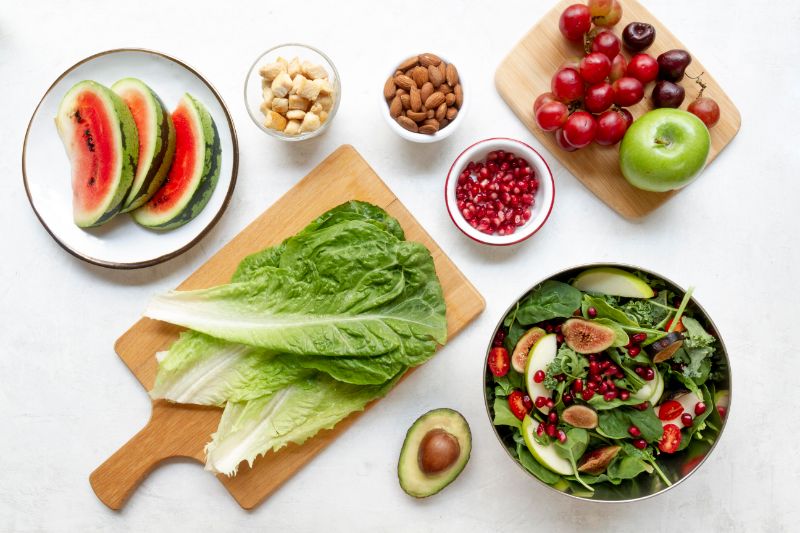

Eat various healthy foods from all groups while controlling portion sizes.
- Protein from eggs, beans, lentils, and tofu keeps muscles healthy.
- Have carbohydrate-rich foods like brown rice, whole wheat, quinoa, and oats.
- Eat fruits and non-starchy vegetables like spinach, carrots, and tomatoes.
- Have reduced- or low-fat dairy products like milk, yogurt, and cheese.
- Eat healthy fat sources like nuts, avocados, olive oil, or sunflower oil.
- A vegetarian diet rich in fiber can help regulate blood glucose levels.
Carbohydrate intake and blood sugar control
Carbohydrates are an important part of a healthy diet. Everyone needs carbs, including people with diabetes. However, making smart choices regarding carbs and following your diabetes care plan can help keep blood sugars under control. Get most carbs from whole grains, vegetables, and fresh fruit, as they contain fiber, vitamins, and other nutrients. Limit highly processed foods and foods with added sugar.
Protein for muscle repair and growth
Protein intake is vital for building muscle. However, your body constantly drains its protein reserves for other uses, such as producing hormones, resulting in less protein for muscle building. So, you must build and store new proteins faster than your body breaks down old proteins. Consume about 1 gram of protein per kg of body weight.
Good protein sources include:
- Chicken
- Tuna
- Eggs, milk, tofu and cottage cheese
- Protein shakes
- Beans and lentils
Workout tips for muscle building with diabetes
Most people with diabetes can work out safely. Aim for strength training at least twice a week. Follow the workout tips illustrated below for building muscle with diabetes.
Work on the body’s biggest muscles
If you are new to weight lifting or strength training, any workout will be intense enough to increase protein synthesis and build muscle. However, if you lift weights often, you will see the fastest results by focusing on the large muscle groups, like the back, legs and chest. The best exercises for these body parts are squats, bench presses, leg presses, pull-ups, shoulder presses and dips. Add two or three sets of 8 or 12 repetitions to your workout, with about 60 seconds of rest between sets.
Stay hydrated
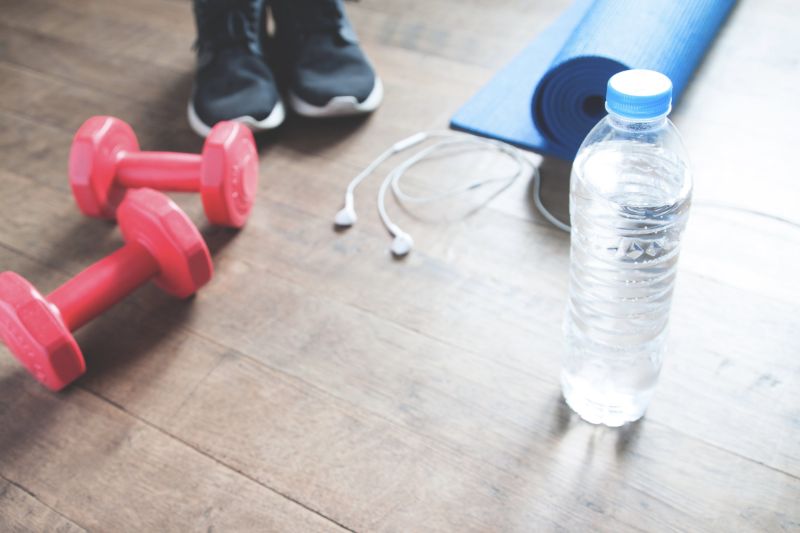

Adequate water consumption is one of the most overlooked factors in exercise. Water comprises up to 70% of the human body; your muscle size is impacted if you are dehydrated. One kg of muscle can hold up to three kgs of water. Aim to drink 7-8 glasses of water daily.
Focus on complex carbs
Cut out bad carbs such as refined, processed carbohydrates found in white bread, potatoes, pasta and rice from your diet and replace them with good, complex carbs from fruit and vegetables, beans, nuts, seeds and whole-grain versions of bread, pasta and rice. Foods with good carbs break down slowly to form glucose, have a high nutritional value and provide a prolonged release of energy.
Muscle building plays a crucial role in managing diabetes. It can significantly enhance the overall quality of life for people with diabetes.
Stay tuned to the Activ Living Community. Keep up to date with the latest health tips and trends through expert videos, podcasts, articles, and much more on nutrition, fitness, mindfulness, and lifestyle conditions like Asthma, Blood Pressure, Cholesterol, and Diabetes. Activ Living ke saath sahi sehat ki shuruat ABHI karo.
You may also be interested in the following blogs:
- Can Yoga Build Muscles? Here’s What You Need To Know
- Do Bananas Affect The Blood Sugar Levels Of People With Diabetes?
Popular Searches
How to lower blood pressure | Fruits good for liver | Unhealthy foods | Ragi Benefits | Basal Metabolic Rate | Acupressure points for High Blood Pressure | Ayurvedic medicine for blood pressure | How to control cholesterol at home | Homeopathy for Asthma | Biological Age | Home remedies for TB | Natural beta blockers | Negative effects of internet | Types of walking | Blood pressure calculator | Blood sugar calculator | BMI Calculator









